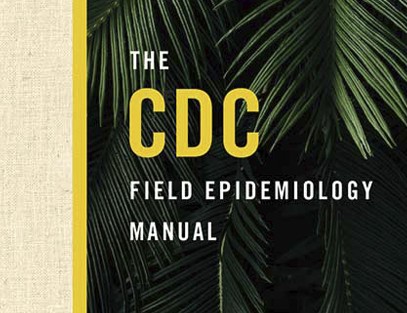
She meant well, but my mother was not good at developing credible messages when her little boy was sick.
Routinely, it seemed, as a grade schooler, I’d come down with a sore throat and a fever of maybe 101 — not life-threatening, but uncomfortable. What scared me the most wasn’t the illness, but the prospect of getting a penicillin shot. I hated shots.
Mom would assure me there was nothing to worry about. Our physician — Uncle Jesse, a relative of a relative — wasn’t coming (doctors made house calls back then). I rested worry-free — until the doorbell rang, and up to the stairs, into my bedroom came the friendly but portentuous man with moustache and a big black bag. Long story short — I got the penicillin shot in my little behind, and my mother’s credibility took one more hit.
In today’s troubled times, I sometimes wonder if President Trump takes his cues from the Evelyn Shure communications playbook. No one took polls to measure my mother’s public standing, but we know Trump’s has plummeted since the pandemic, and many think his “unorthodox” bedside manner is a big reason why. For certain, he hasn’t looked at the Centers for Disease Control’s Field Epidemiology Manual.
Otherwise, he’d know tips like:
DO |
DON’T |
| • Guide and help set realistic expectations about what is known, what is being done, and the effectiveness of efforts. | • Overpromise or foster unrealistic expectations, particularly about certainty of the situation or a resolution. |
| • Take responsibility for your organization’s share of the problem; use empathy. | • Try to shift blame or responsibility to others. |
| • Promise only what you can deliver; set and follow strict deadlines. | • Make promises you cannot keep or fail to follow through on promises made. |
Among textbook examples of how people in authority should communicate about serious illnesses, the CDC manual cites then-Acting CDC Director Richard Besser, now president and CEO of the Robert Wood Johnson Foundation (full disclosure, RWJF is a Taft client), from a 2009 press briefing during the influenza A(H1N1) outbreak:
“I want to acknowledge the importance of uncertainty. At the early stages of an outbreak, there’s much uncertainty, and probably more than everyone would like. Our guidelines and advice are likely to be interim and fluid, subject to change as we learn more. We’re moving quickly to learn as much as possible and working with many local, state, and international partners to do so.
“I want to recognize that while we’re moving fast, it’s very likely that this will be more of a marathon than a sprint. I want to acknowledge change. Our recommendations, advice, and approaches will likely change as we learn more about the virus and we learn more about its transmission… Because things are changing, because flu viruses are unpredictable, and because there will be local adaptation, it’s likely that [at] any given moment there will be confusing—or may be confusing or conflicting information available. We are very committed to minimizing where we find that, clearing up any of that misconception.”
When we finally get past the health and economic devastation of the COVID-19 virus, and sort out the political ramifications, there will be much to examine about the communications side of things. Until then, let’s give the CDC manual the last word:
“Risk communication literature identifies four factors that determine whether an audience, including journalists, will perceive a messenger as trusted and credible, including
- Empathy and caring,
- Honesty and openness,
- Dedication and commitment, and
- Competence and expertise
“Organizations and spokespersons who issue messages and information that convey these four factors are more likely to maintain and even build trust during a crisis.”
This article first appeared on nj.com on Thursday, August 6, 2020.


